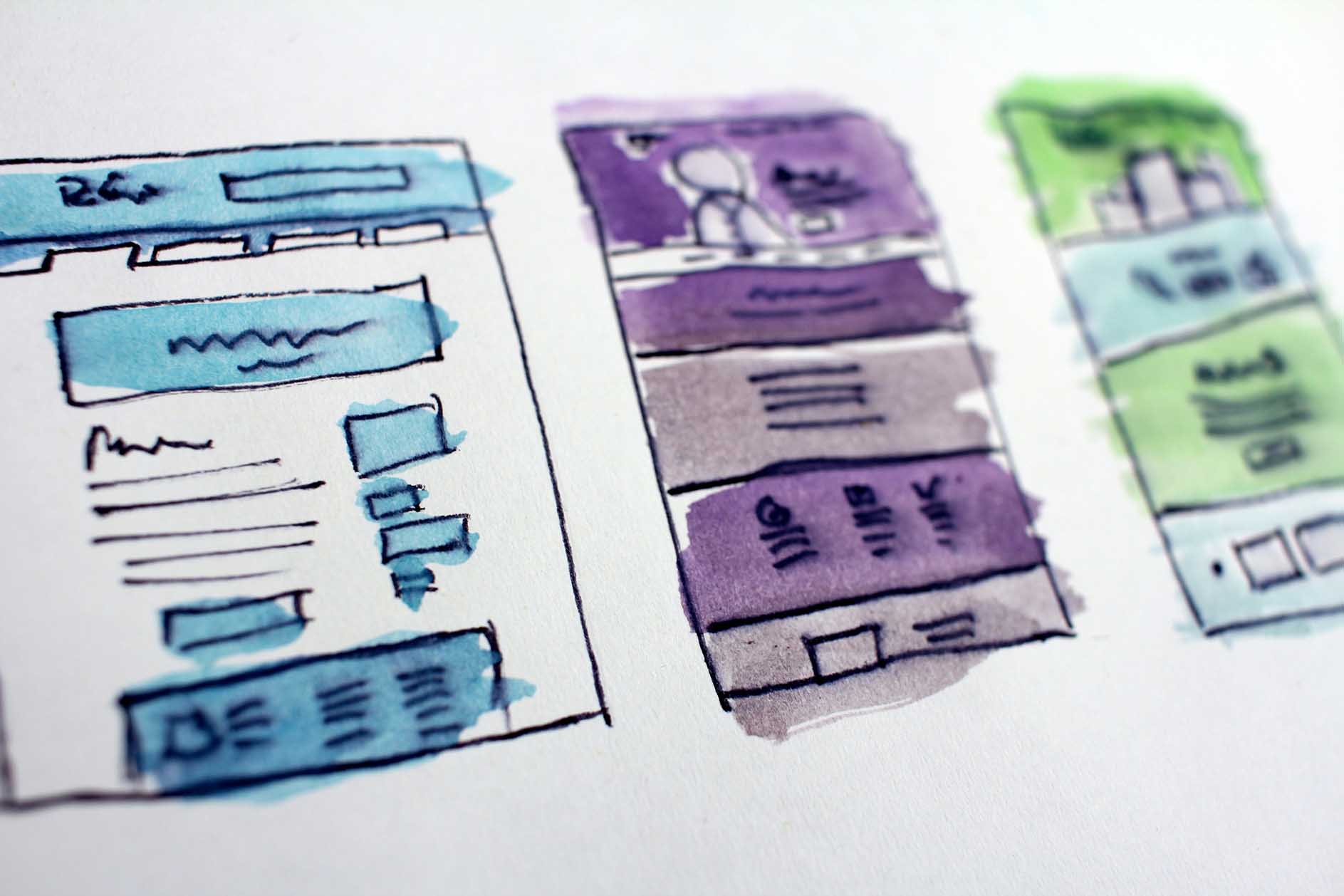
Finding Your Target Audience: How to Discover Your Potential Customers
Author: Ellice Dojillo
Date: June 20, 2022
In marketing, finding your target audience is one of the first steps and also one of the trickiest yet, but today must be your lucky day because we’re here to make it tricky no more.
Don’t you absolutely love it when someone understands you? When they understand your needs, desires, and everything you could be looking for in life, it’s absolute bliss. There’s a feeling of safety and a feeling of affirmation even.
These are the types of feelings people feel when they find the right business to cater to their needs, desires, and well, everything they’re probably looking for at the moment. When they feel understood and spoken to, they’ll most probably connect to your business a lot, helping your business become more known and successful in the long run. This is why it’s incredibly important to really be able to produce content that will speak volumes to people and help them connect with your products. It’s part of establishing that business relationship you have with your customers. And in order to produce the right content, you’re going to have to find your target audience.
Now, if you’re a blank slate to this new lingo, that’s perfectly fine because that’s why we’re here. We’ll help you around this new ground for you so that you won’t feel like you're stumbling on quicksand.
What on Earth is a Target Audience?
First thing’s first! In order to find your target audience, let’s establish first what exactly this term even means.

Well, a target audience refers to the incredibly specific population of people that are most likely to become your business’ potential customers.
For instance, if your business is a toy store and you’re selling the latest collection of dolls promoting out-of-this-world fashion to help children express themselves further and feel more comfortable with themselves, then a target audience of yours would probably be people with children from the ages of 10 to 12 years old who are interested in unconventional fashion and art.
Due to this definition, target audiences are often mistaken for target markets, but in reality, target markets a completely different concept. Think of target markets as the bigger picture while the target audience is only a small part of this picture. If one would think this way, then if our target audience is families with children from the ages of 10 to 12 years old interested in unconventional fashion and art then our target markets would just be generally families with children.
Alright, So Target Markets and Target Audiences are Different. How Do I Define Them Though?
Defining or finding your target market can be done through studying those who have already bought from your store before, the sample of people your competitors have been catering to all these years, and continuous research into the market of the industry your business is in.

Once you study and gather all the sufficient data you will need, define your target market, then group them into subsets of people.
Think about that toy store again. From your target market, there are a lot of subsets that you can be able to define. You can define your subsets by categories like location and age. These subsets are your different target audiences.
As defined earlier using the toy store example again, by age, one possible target audience is families with children from the ages of 10 to 12 years old. Another possible target audience under the age subset would be adults who have an interest in dolls. Meanwhile, if we’re to talk about the location, if the branch of the toy store you're promoting is, for example, in New York City, then another target audience would be the New Yorkers.
Once you define your target audience, you can optimize content that they will most likely respond positively to. You can drop this content through various marketing strategies you can take up online.
You can even organize the content by creating different social media accounts focused on promoting to the specific target audiences you have created. Think about brands like Vogue. Vogue has a social media account for all those who are interested in fashion and another social media account dedicated particularly to teenagers interested in fashion. They also have other social media accounts that cater to different locations and cultures.
Once you organize and optimize the content to the target audiences you have found, then your business is most likely going to gather more reaches and therefore, more customers.
A lot of customers can be a blessing but also a nightmare in disguise. Don’t let the latter happen to you by choosing Bling as your most trusted business partner!
Bling is a business-friendly platform ready to help you out as you trek through the journey of making your company successful by supplying you with various customer relationship management tools such as Facebook and Instagram integrations and auto-populating CRM.
Beyond that, Bling can also give you a personalized business phone so that you can finally draw a line between your personal and business lives. The platform also has a completely new feature called “Rate Your Customers” where businesses also get a chance to rate customers in order to avoid potential scams and irresponsible buyers.
Yes, Bling is a world filled with new possibilities and amazing opportunities. So what are you waiting for? Start your 14-day trial with Bling now!


